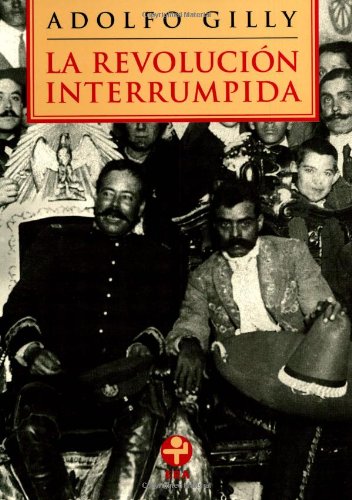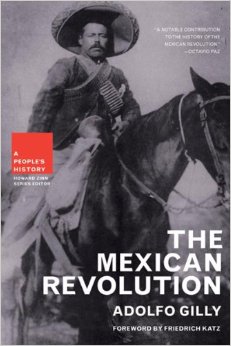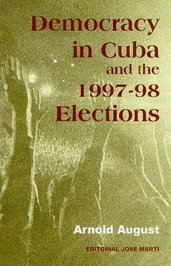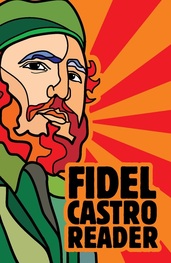The possibilities for insight from below were first demonstrated by Marx, who arrived at his insights through encounter with the working-class movements of France and Western Europe during the 1840s. He subsequently developed his understanding further through reflection on the Paris commune of 1871 and on the first signs of the Russian Revolution in 1870-71. Thus, Marx’s understanding was intimately tied to working-class movements. This connection enabled him to develop an understanding more advanced than that of German philosophy, which could not escape idealism; French socialism, which was utopian; and British political economy, whose development in insight was rooted in and limited by a parallel development in the emerging bourgeoisie, thus implicitly reflecting a bourgeois point of view (McKelvey 1991).
Inasmuch as the democratic revolutions of the late eighteenth century triumphed as bourgeois revolutions, the forms of knowledge of Western Europe and the United States have been constrained by bourgeois interests, and they thus have nullified the implications of Marx’s more advanced analysis. The mechanisms for doing so were (1) the fragmentation of the social sciences and history into distinct disciplines, and (2) the formulation of a false understanding of scientific objectivity (see “Overcoming the colonial denial” 7/29/2013; “What is cross-horizon encounter?” 7/26/2013). Both strategies were effective in blocking relevant questions from being investigated. Thus mainstream history and social science were being formulated de facto from above, not taking into account the relevant questions that emerge from below.
The French Revolution was forged by actors of different classes, including artisans, peasants, merchants, financiers, factory owners, and workers (see “Class and the French Revolution” 11/27/2013). They for the most part had a common interest in the abolition of feudalism, but their different interests led to different conceptions of the form of democracy that ought to emerge. Thus, to understand the French Revolution, we have to maintain consciousness of the class interests that are at stake as the process unfolds. The vantage point from below enables us to do this, because the lower classes understand that the form of democracy being pushed by the bourgeoisie is not their own, and it reflects the particular interests of the bourgeoisie.
The important study of the French Revolution by the French historian Albert Soboul (1975) is sometimes obscure on this point. He is aware of the class differences of the actors, but he often refers to them as the “middle class,” combining in this vague term actors as different as shopkeepers and artisans, on the one hand, and large merchants and factory owners, on the other. The Argentinian historian Valeria Ianni (2011), on the other hand, maintains consistency in describing the actors as pertaining to distinct classes and thus as having a vision that reflects class interests. Ianni’s analysis enables us to have a more advanced understanding of the French Revolution and of its gains and limitations.
On the other hand, Ianni’s analysis reflects to a certain degree what we might call classical Marxism, which described the emergence of new classes and new forms of class exploitation. But the capitalist world-economy and the modern world-system forged not only new classes and new forms of class exploitation. They also developed new forms of domination by some nations over others, pushing the historic process of empire formation to a more advanced stage. Indeed we have seen that European colonial domination of vast regions of America, Africa, and Asia established the foundation for the modern world-system and the capitalist world-economy (see various posts in the section on the World-System).
Thus our analysis today cannot be confined to analyzing the world-system from a vantage point rooted in the European proletarian movements, which was the vantage point of classical Marxism. We today must seek to understand the double axis of class domination and global imperial domination, and it must be based on relevant questions that emerge from movements formed both by exploited classes and by colonized peoples. In effect, what is needed is a synthesis of Marxism-Leninism, rooted in European proletarian and peasant movements, and the Third World national liberation perspective, rooted in the anti-colonial and anti-neocolonial movements of the Third World. Such a synthetic understanding has been formulated by those Third World national liberation movements that have most fully appropriated the insights of Marxism-Leninism, with the Vietnamese Revolution and the Cuban Revolution being the most advanced manifestations.
From this synthetic Marxist-Leninist-Third World vantage point, four observations can be made concerning the French Revolution. (1) The Revolution was a process of fundamental change that was pushed forward by classes that had been formed by the historic human tendencies toward conquest and centralization, tendencies that took a significant step forward with the Spanish and Portuguese conquest of America. (2) The Revolution culminated in the triumph of bourgeois interests at the expense of the interests of the poplar classes, but the popular sectors would later invoke its values to attain some degree of protection of social and economic rights. (3) The Revolution formulated values of universal validity, such that the colonized and neocolonized peoples of the world would come to embrace them, ultimately deepening their meaning to include the rights of nations and peoples to sovereignty and self-determination. (4) The French Revolution is being brought to fruition today through the global movement for a just and democratic world, which seeks human liberation from all forms of domination.
Reference
McKelvey, Charles. 1991. Beyond Ethnocentrism: A Reconstruction of Marx’s Concept of Science. New York: Greenwood Press.
Key words: Third World, revolution, colonialism, neocolonialism, imperialism, democracy, national liberation, sovereignty, self-determination, socialism, Marxism, Leninism, Cuba, Latin America, world-system, world-economy, development, underdevelopment, colonial, neocolonial, blog Third World perspective, French Revolution

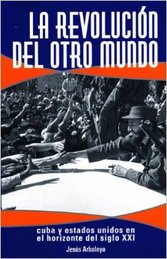

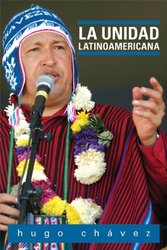


 RSS Feed
RSS Feed
